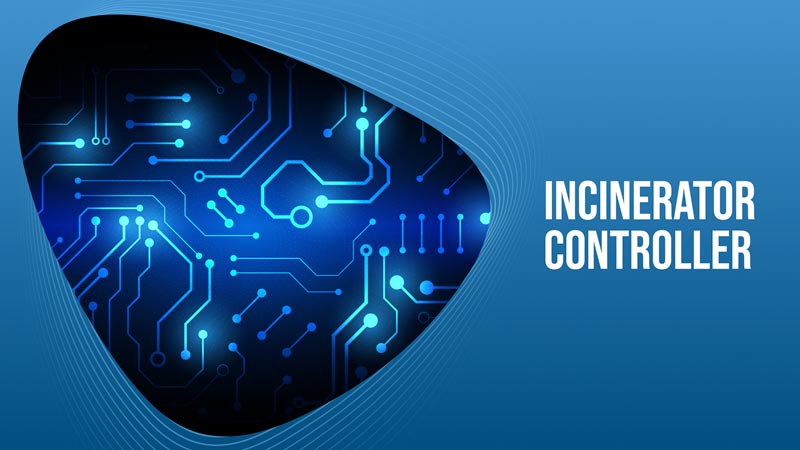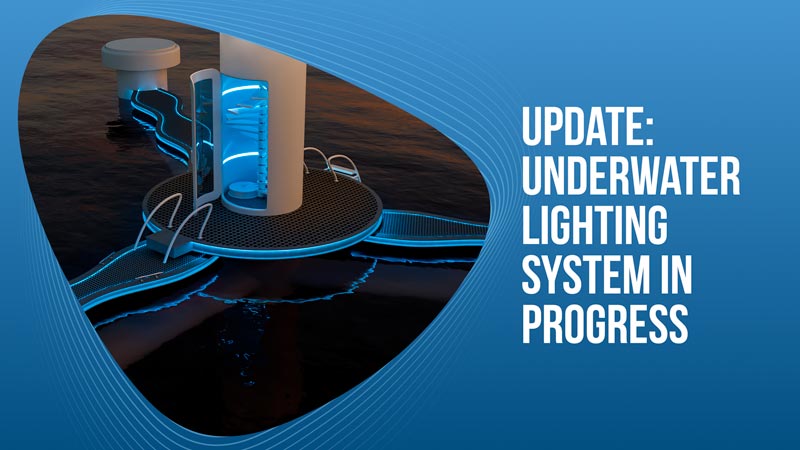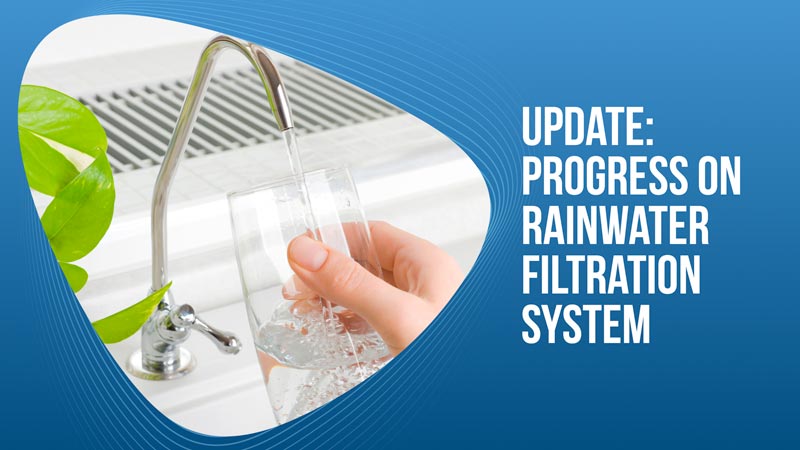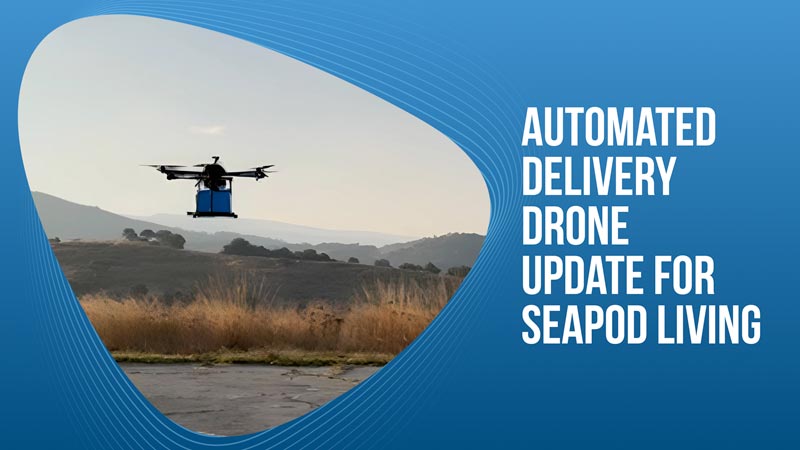
We are back with Omer to give an overview of how the incinerator and the heat exchanger will work together to dispose of the waste and generate hot water at the same time. This demo is a mockup to show how the different pieces of the system will operate. Usually, this process will happen when the poop scale reaches the 200-gram threshold and initiates the first steps but Omer is using the test mode to show us how it works.
We start out with a look at one of the tablets that will be installed in the SeaPod to run the home automation software. The page that we are viewing gives us the current status of all of the components. We can see the internal temperature of the incinerator and the water temperature at the heat exchanger. We also see if the pilot, spark, and recirculating pump are on or off.
The heat exchanger has a pump that pulls water from the hot water tank and recirculates it through the heat exchanger and back into the tank. The water is heated from the residual heat from the incineration process as goes through the heat exchanger. It is then pumped back into the hot water tank and as the water circulates through this system, it gives us hot water without the need to burn extra energy.
This system has a few safety measures in place to make sure that everything operates within the limits of safety. The hot water tank has a float sensor at the bottom of the tank to ensure that there is water in the tank before the incinerator comes on. If there is no water in the tank, then the heat exchanger could be damaged due to overheating since the water isn’t there to absorb some of the heat. This tank is also heavily insulated to ensure that the heat is kept inside and does not transfer to other parts of the SeaPod.
The heat exchanger system also has a custom-made controller that controls the proper water flow. If the water flows through the system too quickly then it will pass through without having time to absorb the heat. If it flows too slowly then the water will absorb too much heat and could begin to boil and turn to steam. Our controller maintains the perfect flow so that we can have an efficient and safe exchange of heat from the heat exchanger to the water.
The incinerator has a flame detector to ensure that the gas that is being expelled through the burners is actually burning. If the flame fails to light and the gas is flowing then it could cause a gas buildup that could violently ignite or a gas leak into the home, of course, we want to avoid those situations. There is also a controller that controls the burn temperature. If the incinerator burns too hot then it will damage the heat exchanger and if the burn is not hot enough then it will lose its efficiency. This controller keeps a perfect balance at the optimal temperature.
Some of these systems have controllers built by Ocean Builders. For the more critical and potentially dangerous systems, we are using a tried and true Siemens PLC controller that has a history of reliability. Together, all of these systems work alongside each other to dispose of the solid waste from the toilet and generate hot water for the SeaPod all while keeping safety, efficiency, and reliability as the main priorities. We are excited to have you following along with what may just be the most high-tech toilet that the world has ever seen!



